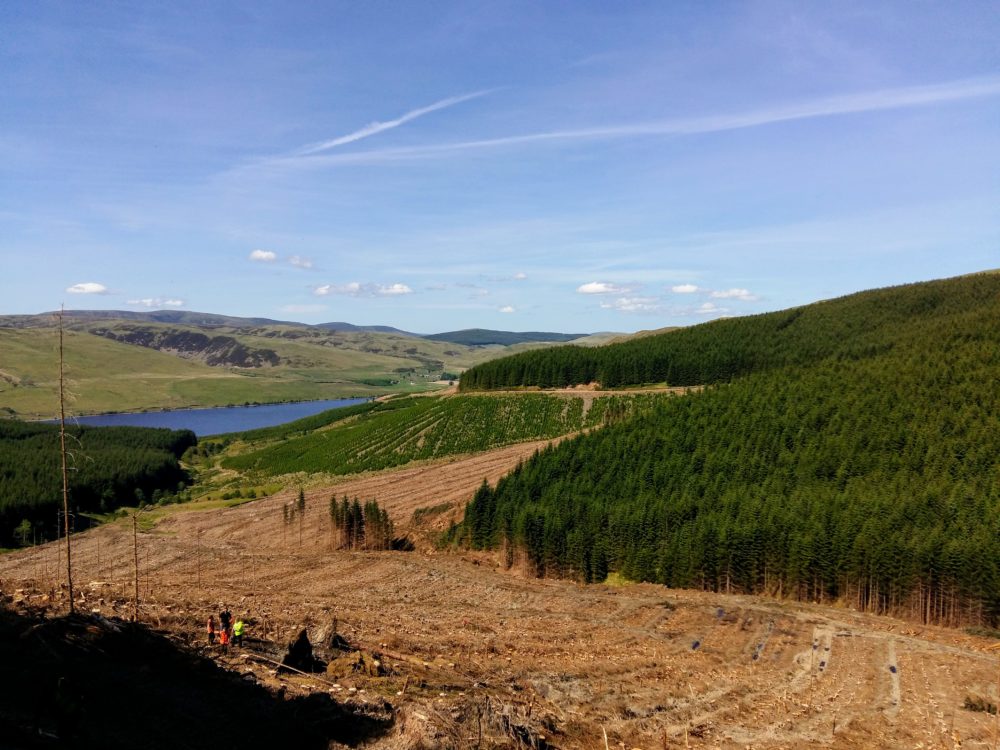by Forest Manager Byron Braithwaite
I have been working at Tilhill Forestry for a few years now and it is clear that building knowledge, understanding and professional ability through practical and theoretical training is high on the agenda.
To coincide with the ‘Environment Matters’ theme this month, I want to highlight some of the training and support that is directly linked to environmental protection and enhancement, as this remains an important part of my ethos as a Forest Manager.
My initial training on environmental issues was in the office, reading the wide ranging library of Guidance Notes and Toolbox Talks on various protected species and operational constraints. This guidance is put together by our Safety & Assurance Team and keeps us abreast of any changes to legislation or changes in law. These documents cover a wide range of information including badger setts, red squirrels, nesting birds, diffuse pollution and much more. Although there is a lot of value in reading this type of guidance, understanding the legislation and good practice associated with it, I feel it is important to consolidate this theory by putting it into practice on the ground.
It was with this in mind that the in-house ecology team at Tilhill Forestry willingly take groups of graduates, and any other interested colleagues, out to sites in the forest to look at and discuss nests, squirrel dreys and badger setts. There is also an opportunity to put our practical learning into practice by identifying feathers and other signs of raptors, looking at water vole habitat and identifying signs of otters and potential holt locations.
The ecology team did a great job at the event that I attended and gave us all the confidence needed to locate and identify these protected species within the forests we manage, ensuring they are not disturbed during forest operations.
This type of training is certainly one of the benefits of having an in-house ecology team, other benefits include ‘on-the-fly’ consultations regarding environmental concerns, opinions on vegetation and species on woodland creation sites and obtaining advice on licensing or protective buffers for protected species.
Following on from Andy Bakers blog about diffuse pollution, E-learning is currently in development for managers and contractors. In addition to this Tilhill Forestry has organised a number of practical training days with the Scottish Environmental Protection Agency (SEPA) to look at solutions to deal with water and silt on harvesting and ground preparation sites. In these cases it is important to look at good and bad practice to fully understand the mitigation and planning required to ensure that diffuse pollution does not become an issue.
John Gorman, SEPA’s lead for forestry, recently provided comment about this training, “SEPA welcomes and appreciates the tremendous effort that Tilhill Forestry as a Company has made in producing good quality internal documentation and coordinating an intensive programme of staff and contractor workshop training days in order to raise the issue of good forestry practices to tackle diffuse pollution. In addition, Tilhill staff attend working group meetings to contribute to industry factsheets, booklets, stickers and to raise key issues with SEPA on several Policy fronts.”
It is great to be a part of a company that is pushing the industry forward and setting the example for best practice. It would be unrealistic to say that we always get it right, however we are all doing our best to improve and learn from the mistakes we do make.



